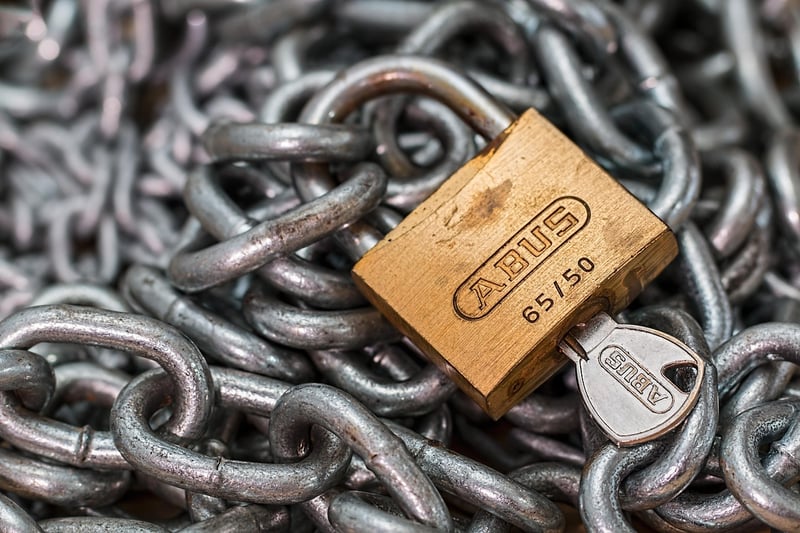Emergency Protocols
Ensuring Personal Safety + Emergency Protocols
Introduction
In today's fast-paced world, personal safety is paramount. Being prepared for emergencies and knowing the right protocols can make a significant difference in critical situations. Whether you are at home, work, or outdoors, having a solid understanding of personal safety measures and emergency procedures can help you stay safe and protect those around you.
1. Personal Safety Tips
Here are some essential personal safety tips to keep in mind:
- Awareness is key - Stay alert and be mindful of your surroundings at all times.
- Trust your instincts - If something feels off, remove yourself from the situation.
- Keep important contacts handy - Save emergency numbers in your phone and have them accessible.
- Share your plans - Inform someone you trust about your whereabouts and plans.
- Learn self-defense - Basic self-defense techniques can help you protect yourself in dangerous situations.
2. Emergency Protocols
It's crucial to know how to act in emergencies. Here are some general emergency protocols to follow:
- Stay calm and assess the situation.
- If safe to do so, evacuate the area and move to a designated safe zone.
- Follow instructions from authorities and emergency personnel.
- If you are indoors during an emergency, seek shelter under sturdy furniture or in a safe room.
- Keep emergency supplies like water, non-perishable food, and a first aid kit readily available.
3. Additional Resources
For more detailed information on personal safety and emergency preparedness, consider checking out the following resources:
- Ready.gov - Official website for emergency preparedness information.
- American Red Cross - Offers resources on first aid, CPR, and disaster response.
- CDC - Natural Disasters and Severe Weather - Information on handling natural disasters and severe weather events.
Conclusion
By staying informed, practicing personal safety measures, and familiarizing yourself with emergency protocols, you can empower yourself to handle challenging situations effectively. Remember, preparedness is key to ensuring personal safety and the safety of those around you.

